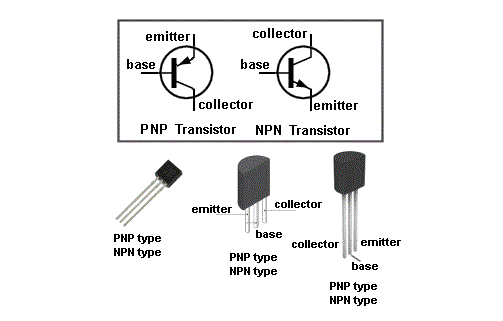

In other words, the output is available for the full 360 o of the input cycle. This mode of operation allows the output voltage to increase and decrease around the amplifiers Q-point without distortion as the input signal swings through one complete cycle. When a bipolar transistor is biased so that the Q-point is near the middle of its operating range, that is approximately halfway between cut-off and saturation, it is said to be operating as a Class-A amplifier. This central operating point is called the “Quiescent Operating Point”, or Q-point for short.

The correct biasing point for a bipolar transistor, either NPN or PNP, generally lies somewhere between the two extremes of operation with respect to it being either “fully-ON” or “fully-OFF” along its DC load line. Therefore, if the transistor is to operate correctly as a linear amplifier, it must be properly biased around its operating point as improper transistor biasing will result in a distorted output.Įstablishing the correct operating point requires the selection of bias resistors and load resistors to provide the appropriate input current and collector voltage conditions. The steady state operation of a bipolar transistor depends a great deal on its base current, collector voltage, and collector current values.


 0 kommentar(er)
0 kommentar(er)
